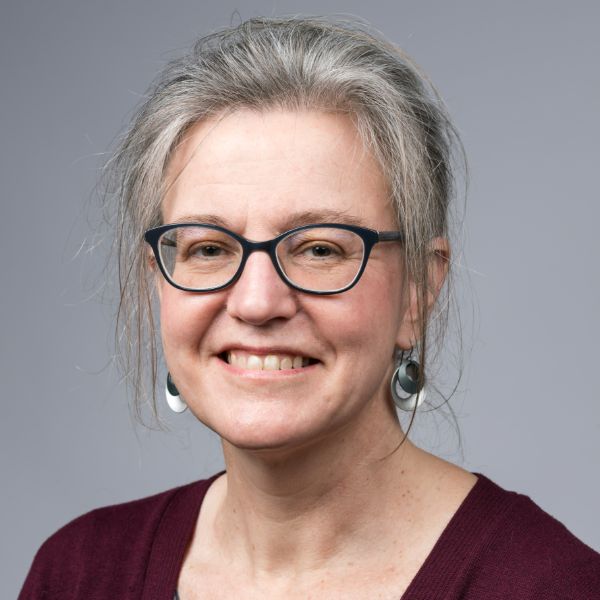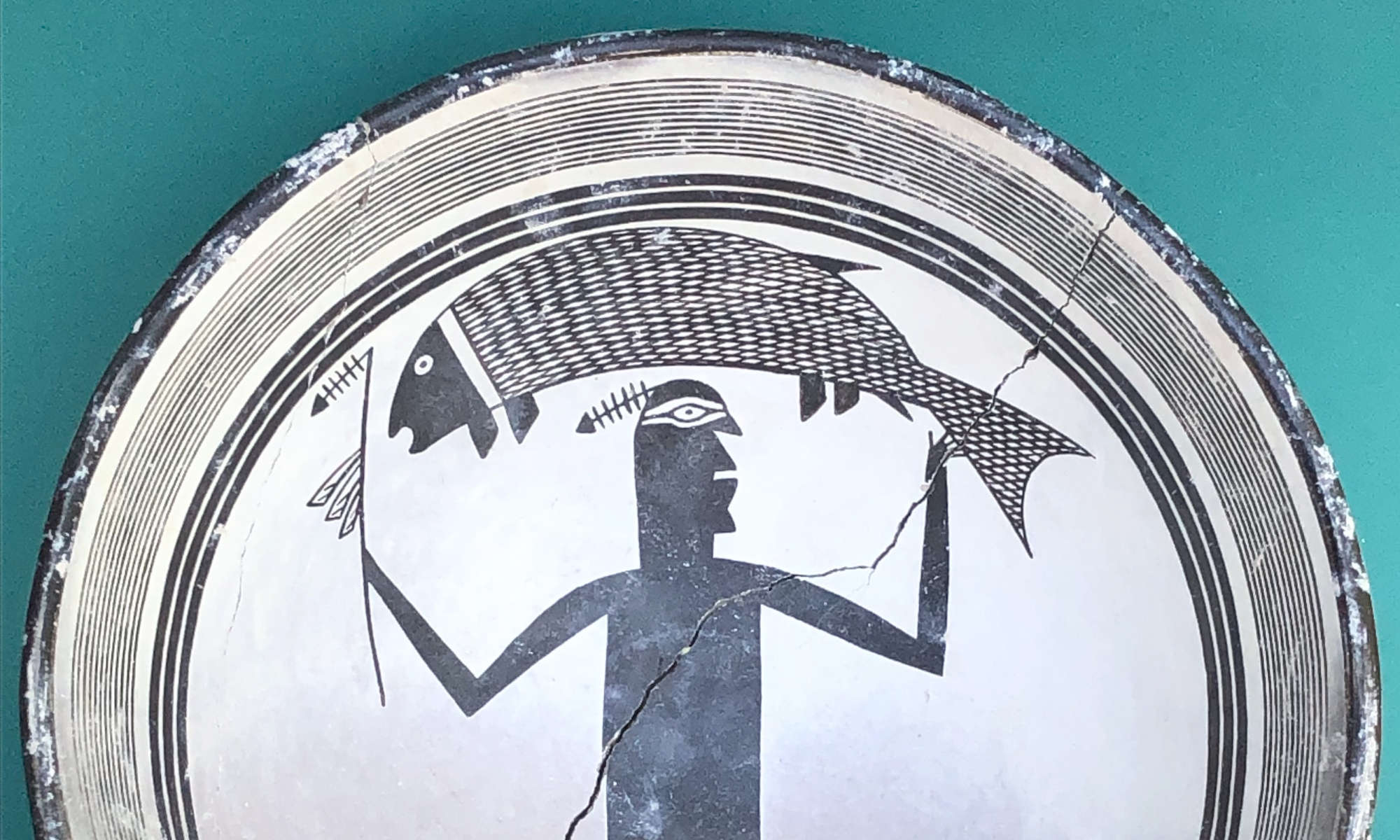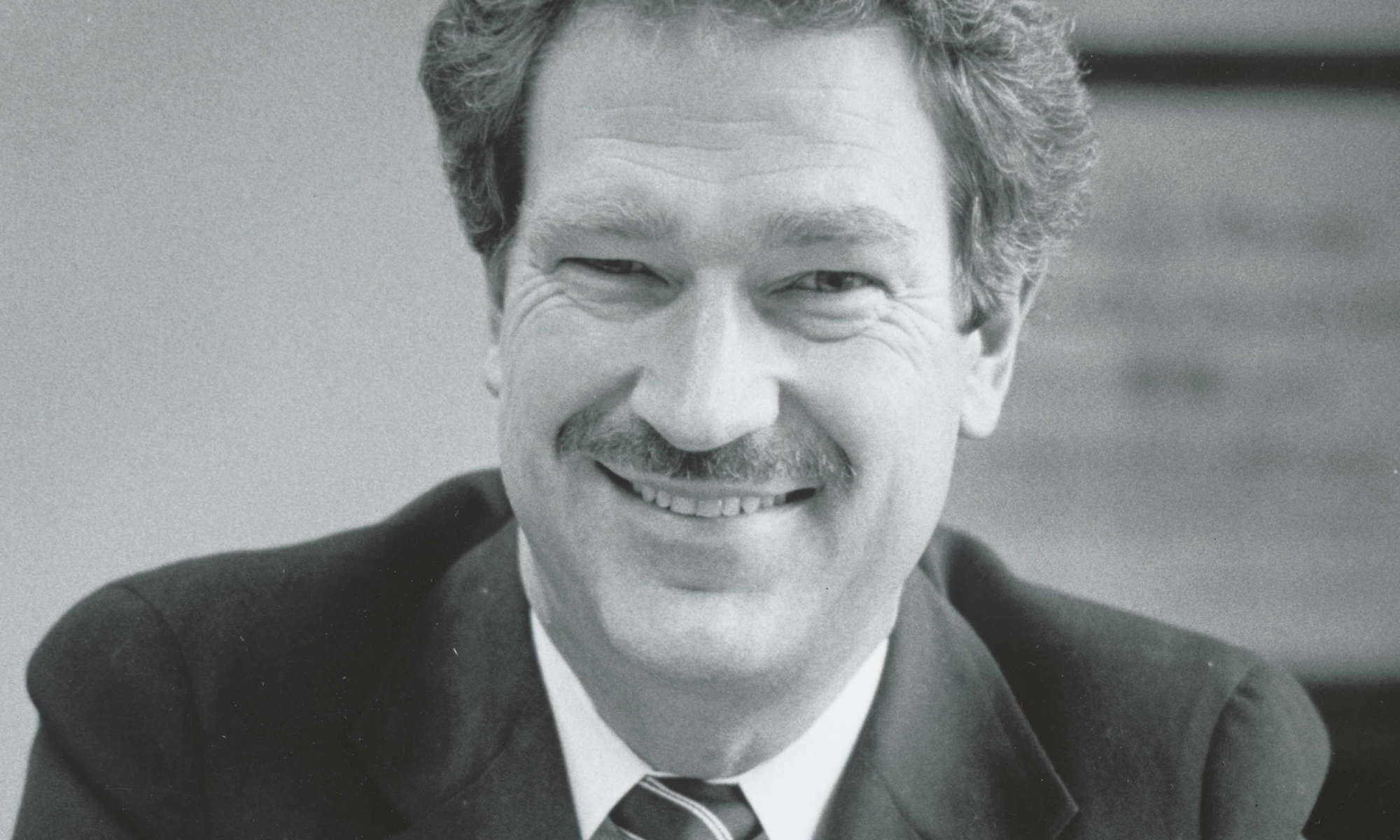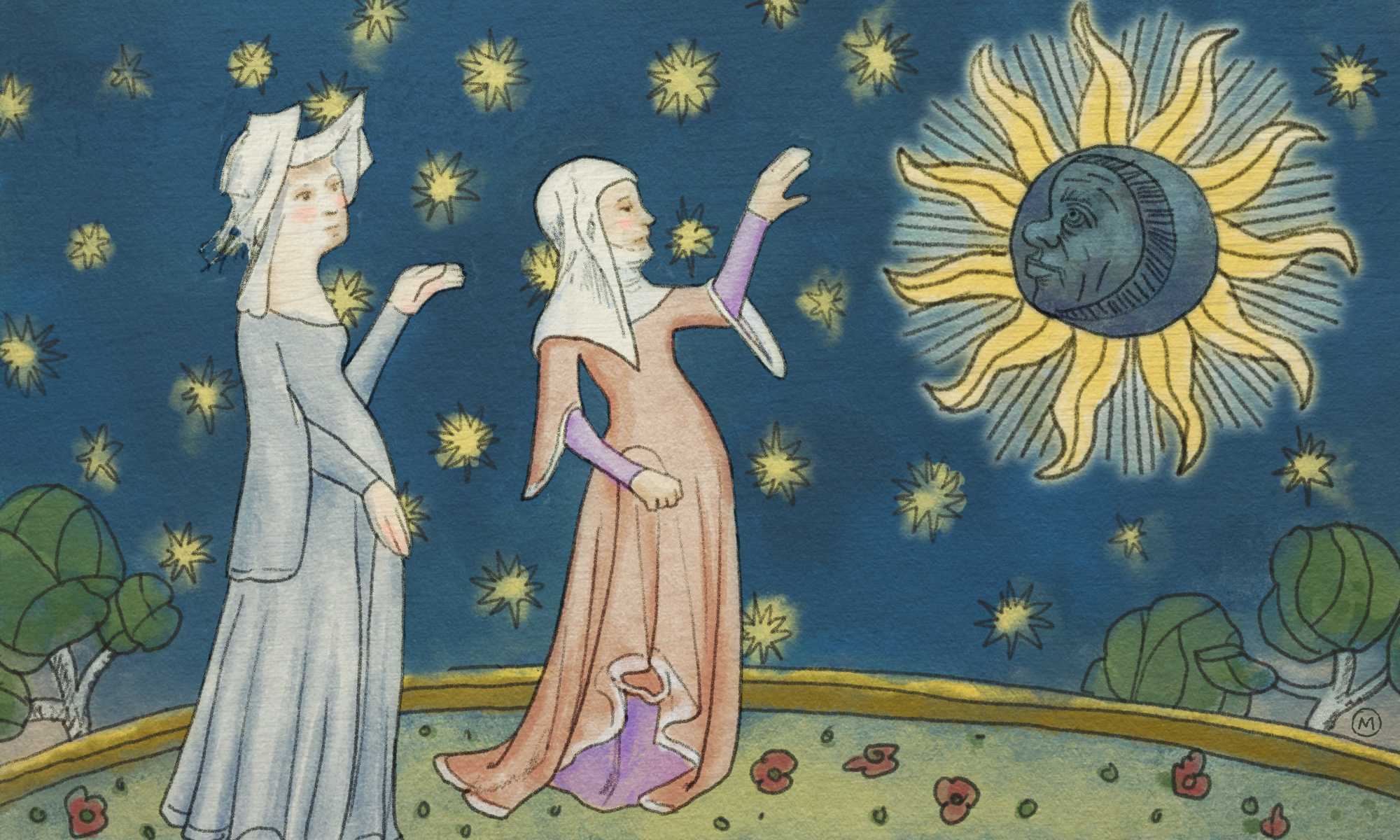Massacre survivor Olivia Hooker ’62 (PhD) helped break decades of silence about the atrocity.
Olivia Hooker ’62 (PhD) was 6 years old on a late spring day in 1921, when she heard the thudding noises outside her house in what was known as the Greenwood section of Tulsa, Oklahoma.
“I said, ‘How can it be hailing when the sun is shining brightly?’” she said in a 2005 interview with Rochester Review.
Her mother, the former psychology professor said, carefully led her to a window and pointed: “That is a machine gun up there on that hill, and there’s an American flag on it. That means your country is shooting at you.” She and her three siblings—including Naomi Hooker, who went on to serve on the faculty of School of Medicine and Dentistry in the late 1960s and early 1970s—hid under a dining room table as white rioters entered their home, destroying objects of value.
The violence against the community began on May 31, 1921, when an estimated 10,000 white men descended on Tulsa’s courthouse to demand that a Black teenage boy accused in the Tulsa Tribune of assaulting a white teenage girl, be turned over to them. A group of about 80 African Americans, many of them World War I veterans and some of them armed, turned out to defend the accused boy, who allegedly tripped upon entering an elevator, grabbing onto the white elevator operator to help regain his footing.
When one of the white men tried to disarm one of the defenders, a shot rang out and the violence was under way. Police deputized white citizens and the state’s National Guard was called in to detain Black men.
Through the night and the next day, a white mob descended on Greenwood, a thriving Black neighborhood and business district that was known as “Black Wall Street.” The two-day massacre ended with a death toll of roughly 300 mostly Black Tulsans; more than 1,000 Greenwood homes burned and hundreds more looted; and 35 square blocks that included scores of Black-owned and operated businesses destroyed. Among those businesses was Elliott & Hooker, the clothing and shoe store co-owned and operated by Olivia’s father, Samuel Hooker.
“Nothing was left but rubble,” she told Review. Several iconic photographs of that rubble have been attributed to Hooker’s uncle, Rev. Jacob Hooker, who ran a photography studio that was also destroyed.
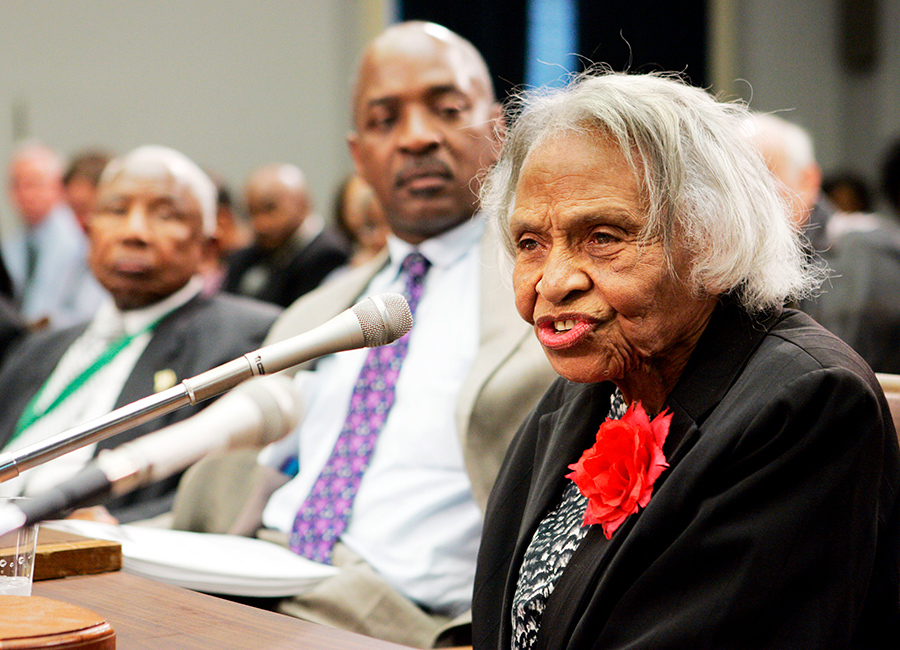
SERVING AS WITNESS: In 2005, as one of the last survivors of the Tulsa Race Massacre, Olivia Hookers gave her personal account of the events in the Greenwood neighborhood of Tulsa at a briefing before members of the Congressional Black Caucus and other leaders on Capitol Hill. (AP Photo/Manuel Balce Ceneta, File)
Uncovering the past, working toward restitution
It wasn’t long before the story of the massacre itself went buried, along with the bodies of victims in mass graves still being discovered.
A great deal has changed due in part to Hooker’s efforts. She was among the founders of the Tulsa Race Riot Commission (since renamed the Tulsa Race Massacre Commission) formed in 1997 in part to uncover the history of the incident. Whereas documentary evidence was once hidden away, and the massacre received little to no mention in textbooks, there are now curricula, museum exhibits, digital archives, monuments, and extensive coverage in local and national media devoted to understanding the event, absorbing its lessons, and remembering its victims.
But on another score, there’s been no change. Samuel Hooker pursued his case for seven years, but neither he nor any other Black Tulsan whose property was destroyed ever received compensation from their insurance companies. Nor did they find redress through the legal system. Olivia Hooker took up their cause, as one of hundreds of survivors and descendants of former Greenwood residents who worked for compensation and redress. In the spring of 2005, she testified on Capitol Hill in hearings organized by the Congressional Black Caucus after the Supreme Court declined to hear an appeal from the group. A lower court had dismissed the case for restitution, arguing that the statute of limitations prohibited bringing such claims after a few years.
In 2007, she testified again in support of the Tulsa-Greenwood Race Riot Claims Accountability Act.
There still has been no resolution. The 1921 Tulsa Race Massacre Centennial Commission, however, has made reparations a central part of its agenda.
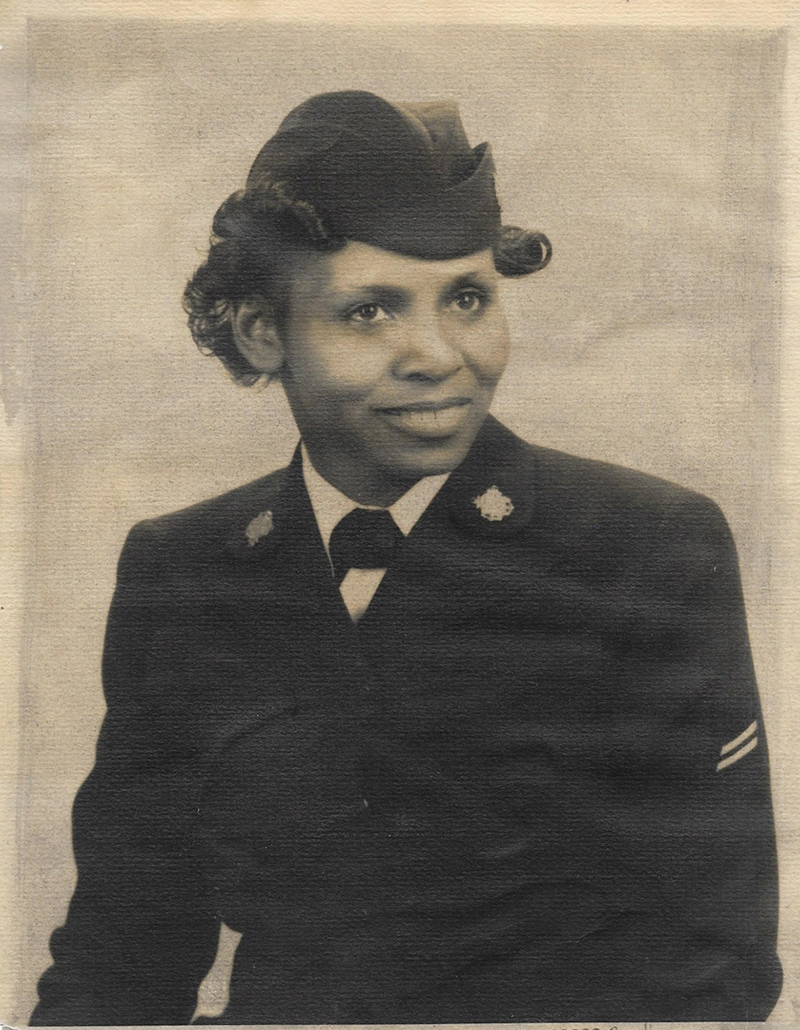
A FIRST: In February 1945, Olivia Hooker became one of the first African-American females admitted into the United States Coast Guard when she joined the service during World War II. (US Coast Guard photo)
A life of milestones and achievements
After the massacre, Hooker’s mother, Anita, moved the children to Topeka so that they could attend school (theirs had been destroyed in the massacre), while Samuel remained to try to help rebuild the community. The family eventually settled in Columbus, Ohio, where Samuel built a new career in real estate. All of the children went to college, with Olivia and Naomi both earning undergraduate degrees from Ohio State. In 1945, Olivia achieved a milestone as the first African American woman to serve on active duty in the US Coast Guard. When Naomi was named assistant professor of preventive medicine at the School of Medicine and Dentistry in 1969, she became, as far as is known, the first regular African American female faculty member at the University, according to Melissa Mead, the John M. and Barbara Keil University Archivist and Rochester Collections Librarian.
After earning a master’s degree in psychology from Columbia, Olivia Hooker came to Rochester for her PhD, working with the late Emory Cowen. “I wasn’t a typical student,” she said in 2005, noting that among the 13 graduate students who started with her, she was older than her classmates and was the only woman—and African American—in the group. She completed a dissertation on the learning abilities of children with Down syndrome and taught and continued her research at Fordham University until she retired in 1985.
After her retirement from Fordham, Hooker spent 10 years as a psychologist at the Fred Keller School for Behavioral Analysis, a preschool that offers early intervention for children with developmental disabilities. She ended that job in 2002, at the age of 87.
Her accomplishments have made her a hero to many, as illustrated on the Fans of the Phenomenal Dr. Olivia J. Hooker Facebook page—an “unofficial fan page” celebrating her life and work.
Over the years, Hooker shared the ways in which memories of the massacre had left her traumatized, including in a podcast interview in May 2018, just six months before her death. In the 2018 interview, she also shared the advice her parents offered to her and her siblings.
“Our parents told us, ‘Don’t spend your time agonizing over the past.’ They encouraged us to look forward and think about how you could make things better. I think things can get better. But,” she added wryly, “maybe it won’t be in a hurry.”
Read more
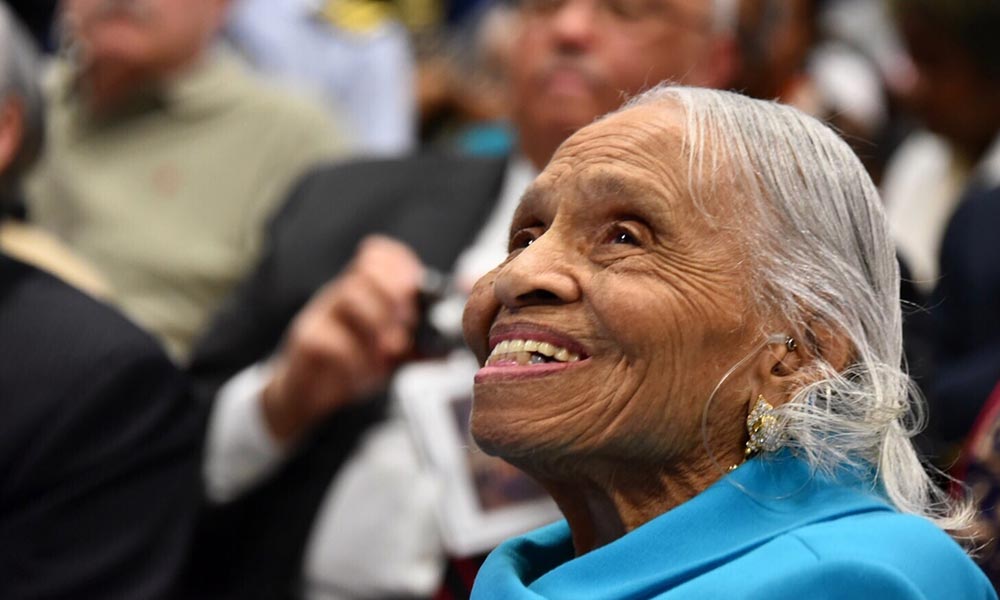 Olivia Hooker ’62 (PhD): Witness, activist, servicewoman, and scholar
Olivia Hooker ’62 (PhD): Witness, activist, servicewoman, and scholarSurviving the 1921 Tulsa, Oklahoma, race massacre, Hooker was the first African-American woman to serve in the Coast Guard and became a prominent psychology professor.
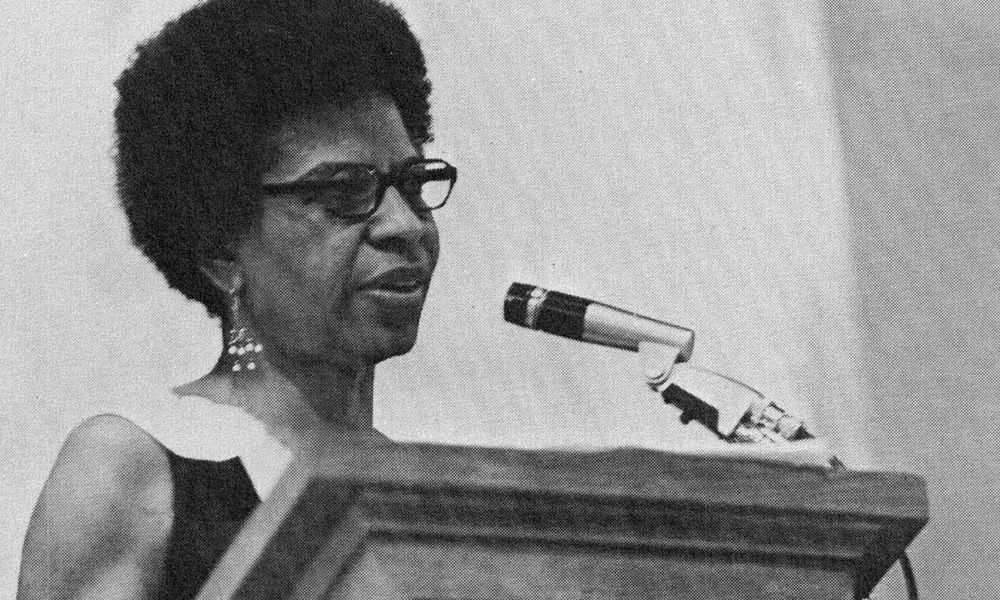 Where active concern becomes concerned action
Where active concern becomes concerned actionWhile her older sister Olivia Hooker is credited the first African-American woman to enlist and serve in active duty in the Coast Guard, Naomi Hooker Chamberlain is believed to be the first African-American woman on the University of Rochester faculty.

